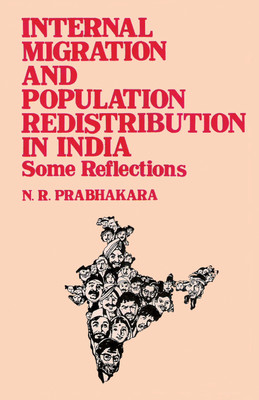Internal Migration and Popultion Redistribution in India(English, Hardcover, Prabhakara N. R.)
Quick Overview
Product Price Comparison
Migration within the country, particularly of males, is mainly motivated by the desire to improve economic conditions and can be considered a sensitive index of economic opportunities. This book examines the impact on the redistribution of population on the basis of internal migration based on the data of the 1971 census. This redistribution does not explain in true sense the quantum and characteristics at various points of time which usually help in determining the real redistribution. However, it defines the directions and quantum with some significance as to how the population has been displaced in the country. The main emphasis is on the identification of characteristics mostly on the consideration of inter-district and intra-district displacements. Besides, a view is presented with the population shift to urban centres and agglomeration of population of 100,000 and above leading to inter-state migration. The parameters of study of internal movement need an overall consideration of developmental processes and communities and the level of responses and hence the data collection may demand micro synthesis. In this connection, it may be desirable to find out some way to assess the migration in households as this level is disintegrating both in rural and urban sectors at the level of family system, religions and sects; on the other hand the agricultural and industrial relationships are difficult to articulate regional balance. It is essential to generate a system to study these with data so that at micro level redistribution can be established in long and short distances, within or through the points of geographic locations suitably divided in tiers to and from with economic inputs across the borders. About the Author N. R. Prabhakara is a member of Population Research Centre, Institute for Social and Economic Change, Bangalore. He is currently working for his Ph. D. in statistics as an external candidate from Bangalore University?s Department of Statistics.


